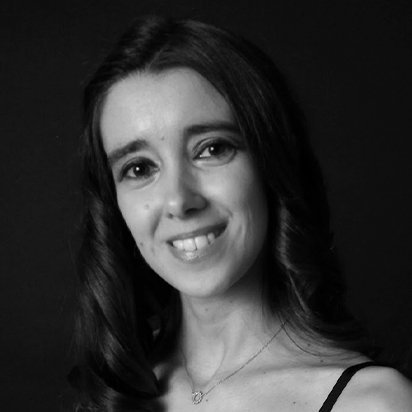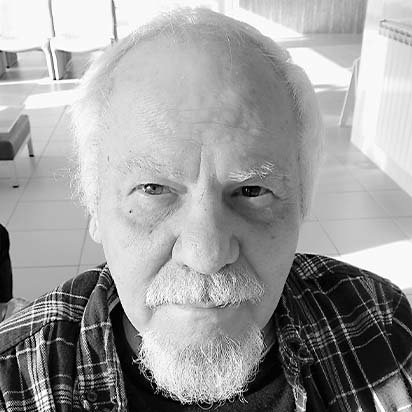
Hobbit style magic
Catarina Araújo
2019 - Centenary of Bauhaus
Doctor Jacinto Rodrigues
Professor Emeritus of University of Porto

Bauhaus, founded in 1919 by Walter Gropius in Weimar, Germany, was a pedagogical experience in the field of arts, painting, sculpture, dance, graphics, photography, weaving, design, architecture and urbanism. This movement went beyond the institutional framework of a school to become an international movement.
Even before ending abruptly in Germany, in 1933, when the Nazis rose to power and denounced it for being a Bolshevik and Judaist influence, Bauhaus had developed international ramifications that reflect the impact of its pedagogy. In 1931 Arieh Sharon, a former student of Bauhaus, began working as an architect in Palestine with the "Bauhaus style”, making the city of Tel Aviv, in Israel, a major reference in this movement today.
The roots of the Bauhaus are directly enrooted in the social and political transformation that Germany underwent immediately after the First World War. In fact, the whole of German society suffered a break with the old regime. The Weimar Republic was proclaimed and this political change had repercussions on civil society as a whole. This transformation of society was also reflected in the teaching methodology and content of educational institutions.
During the Weimar Republic the Bauhaus School was probably the pedagogical institution that took the experience of innovation the furthest, through:
1. A varied range of teachers, who, with diverse backgrounds, achieved a transdisciplinarity around common pedagogical goals, reflected in the curricula;
2. An editorial movement that came to mark the cultural life of the time;
3. A new aesthetic orientation and a new conception of school based on a democratic and participatory methodology;
Bauhaus expresses its contribution to modernity thus. Revisited today, 100 years after its foundation, it can teach us to articulate, in a lively and conscious way, these three closely related fields: ethics, aesthetics and technique.
Even before ending abruptly in Germany, in 1933, when the Nazis rose to power and denounced it for being a Bolshevik and Judaist influence, Bauhaus had developed international ramifications that reflect the impact of its pedagogy. In 1931 Arieh Sharon, a former student of Bauhaus, began working as an architect in Palestine with the "Bauhaus style”, making the city of Tel Aviv, in Israel, a major reference in this movement today.
The roots of the Bauhaus are directly enrooted in the social and political transformation that Germany underwent immediately after the First World War. In fact, the whole of German society suffered a break with the old regime. The Weimar Republic was proclaimed and this political change had repercussions on civil society as a whole. This transformation of society was also reflected in the teaching methodology and content of educational institutions.
During the Weimar Republic the Bauhaus School was probably the pedagogical institution that took the experience of innovation the furthest, through:
1. A varied range of teachers, who, with diverse backgrounds, achieved a transdisciplinarity around common pedagogical goals, reflected in the curricula;
2. An editorial movement that came to mark the cultural life of the time;
3. A new aesthetic orientation and a new conception of school based on a democratic and participatory methodology;
Bauhaus expresses its contribution to modernity thus. Revisited today, 100 years after its foundation, it can teach us to articulate, in a lively and conscious way, these three closely related fields: ethics, aesthetics and technique.
